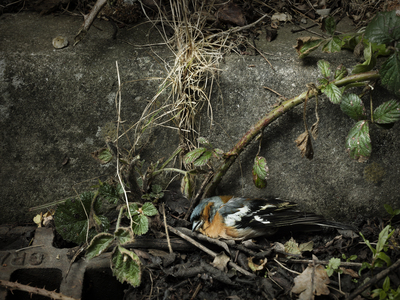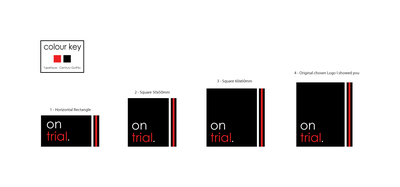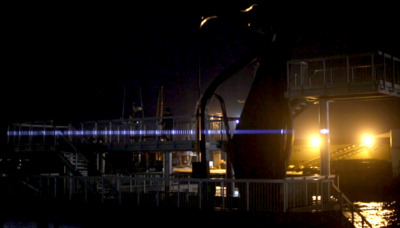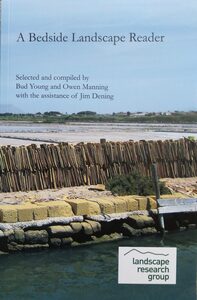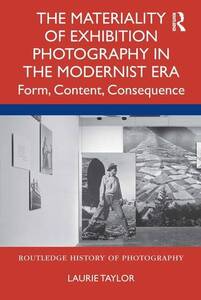This practice-led thesis proposes that the stop-frame animation process can be used as a practical means to perform Husserl’s theoretical method of henomenological investigation, including transcendental epoché, variation and description. It details two studies using this approach, firstly, into the practice of stop-frame animation and, secondly, into observations of stillness in my studio space.
Firstly, using the practical, ritual epoché proposed by Anthony J. Blasi (1985) and Mario Perniola (2011) I suggest that the ritual nature of creating stop-frame animation enacts a reflexive epoché on the process itself. This allows a series of practical variations, enacted during the set building stage, in which I question the presence of a puppet, the three-dimensional nature of the set, its level of detail and the amount of control it allows the animator. Following this, variations are performed on frame-capture, which examine the requirement of separate frames, change between frames, what can be manipulated between frames and how many frames are actually required.
These two stages of variation allow me to arrive at the essence of the stop-frame process: a set space must have three dimensions; allow the animator a level of control over what happens within it and provide enough detail to register on camera, no puppet figure is required; frame-capture must consist of sixteen separately captured frames using a six-second exposure time with thirty-second gaps between the capture of each frame, it is not necessary to depict overt movement. This new, simplified approach is termed distilled stop-frame, expressing the pared down nature of the process and the stilling of the usually kinetic medium.
Secondly, the resulting distilled; puppet-less stop-frame process is then employed to perform a phenomenological examination of my visual perceptions of stillness in the studio space. Following Steve Odin (2001) I contend that these observations enact a lived, aesthetic epoché in which I directly experience the world in its phenomenological essence from a bracketed, irreal viewpoint. Subsequently, during the set building stage, I perform visual, eidetic variations on my perceptions in which I investigate their detail, form and structure. Variations are then performed during frame-capture in which I examine the temporal nature of the observations. These two stages allow me to create sequences of animation that visually and temporally describe the essence of my experiences.
These two strands of research aim to widen the scope of Husserl’s phenomenological inquiry, relocating the theoretical methods of investigation and description into the practical realm of the stop-frame animation process. Further to this, by getting to the essence of the
stop-frame animation process it expands the boundaries of the medium from a means to express narrative and movement into philosophical contemplation of any phenomena in the world.
 |



 Lists
Lists Lists
Lists

![[img]](/248/2.haslightboxThumbnailVersion/Daniel%20Joseph%20Sheehan.png)
![[img]](/248/3.haslightboxThumbnailVersion/Daniel%20Joseph%20Sheehan%20%282%29.png)

